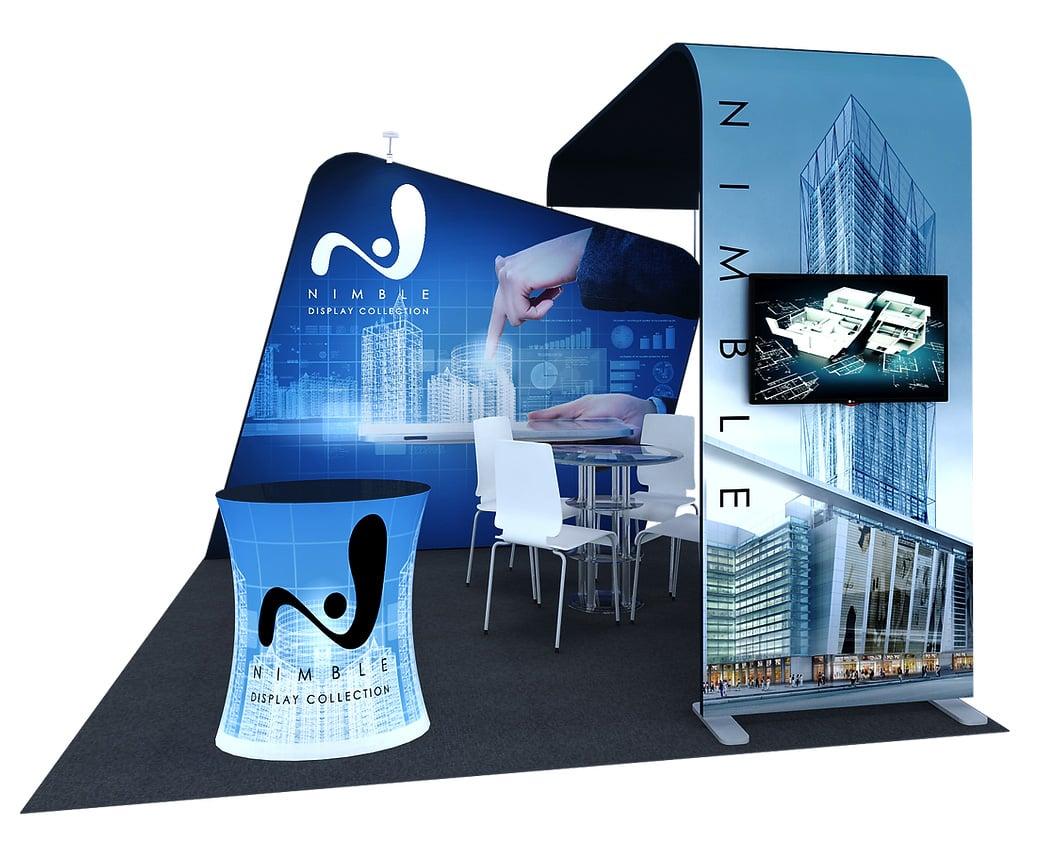Stepping into a tradeshow can feel like stepping into a crowded marketplace where every business is competing for attention. The booths that draw the biggest crowds are rarely the largest or the most expensive. They are the ones designed with strategy, creativity, and a clear message. If you are a small business, your booth can become your most powerful marketing tool—if you design it right.
Why Your Booth Design Matters
A tradeshow is more than a chance to hand out business cards. It is a stage where your brand comes to life. The way you design your booth determines how potential customers perceive your business. A well-designed booth creates curiosity, builds trust, and makes people stop long enough to start a conversation.
Start With Your Goals
Before you think about banners or lighting, decide what success looks like for your company. Are you hoping to collect qualified leads, build brand awareness, or launch a new product? Your goals will shape every design decision you make, from the layout to the messaging.
Tell a Clear Brand Story
Visitors should understand who you are within seconds of seeing your booth. Use your brand colors, logo, and tagline consistently. Keep your messaging simple and focused. Instead of trying to communicate everything your business does, highlight the one or two services or products that set you apart.
Make Layout Work for You
Think about how people will move through your space. An open, welcoming layout encourages attendees to step inside rather than just glance as they walk by. Position key displays or demo stations where they are easy to access. Leave enough room for conversations without blocking the flow of traffic.
Use Design to Capture Attention
Lighting, graphics, and visuals can transform even a small booth into a standout presence. Bright, well-placed lighting makes your booth feel more inviting. Large, high-quality visuals tell your story faster than long text panels. Digital screens or interactive elements can keep visitors engaged long enough for you to connect.
Keep It Functional
A booth is more than decoration—it is a working space. Make sure you have surfaces for product displays, storage for marketing materials, and seating if you plan on holding longer conversations. Every element should serve a purpose and contribute to your overall goal.
Train Your Team
Even the most eye-catching booth falls flat if your team is unprepared. Train your staff to greet visitors warmly, answer questions clearly, and capture information efficiently. The people in your booth are as much a part of the design as the graphics on your walls.
Test and Improve
After the event, review what worked and what did not. Did your layout encourage interaction? Did your visuals attract the right audience? Use these insights to refine your booth design for future shows.
The Takeaway
Designing a tradeshow booth as a small business does not require a massive budget. It requires focus, creativity, and a deep understanding of your goals. When your booth tells a clear story, looks professional, and makes people feel welcome, you set the stage for real connections and business growth.

